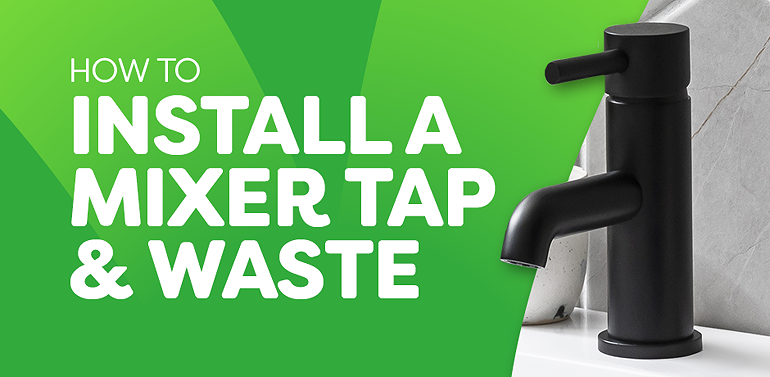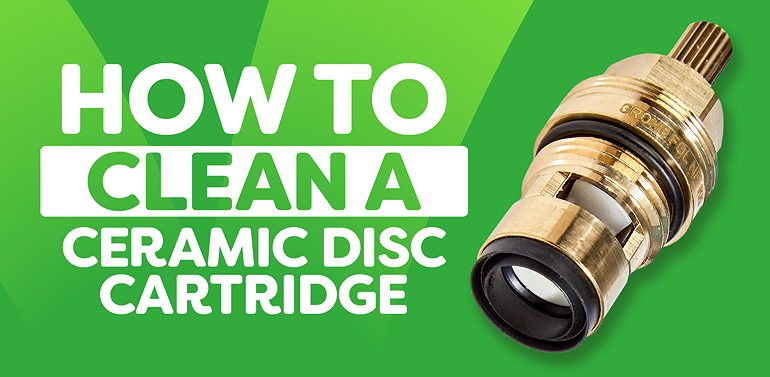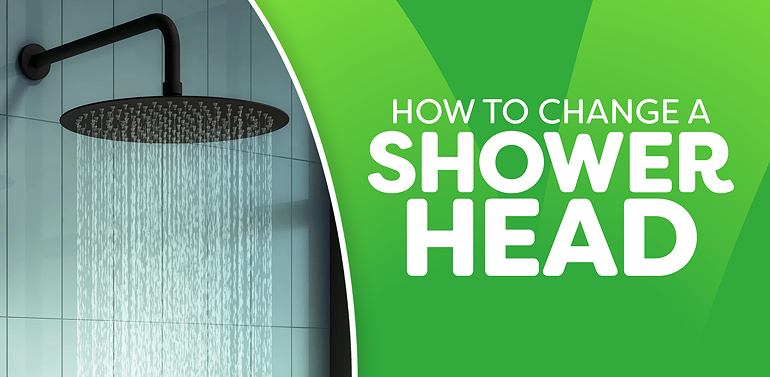EXTRA 10% OFF SHOWERS WITH CODE: SHOWERS10
Free Delivery on Orders Over £499**
how to paint a bathroom
How to Paint a Bathroom in 7 Simple Steps
Giving your bathroom a fresh lick of paint with a new shade is a great way to freshen up the look of your bathroom and give your space a subtle makeover that can make a huge impact. By following these 7 simple steps, you’ll have a bright and refreshed space.
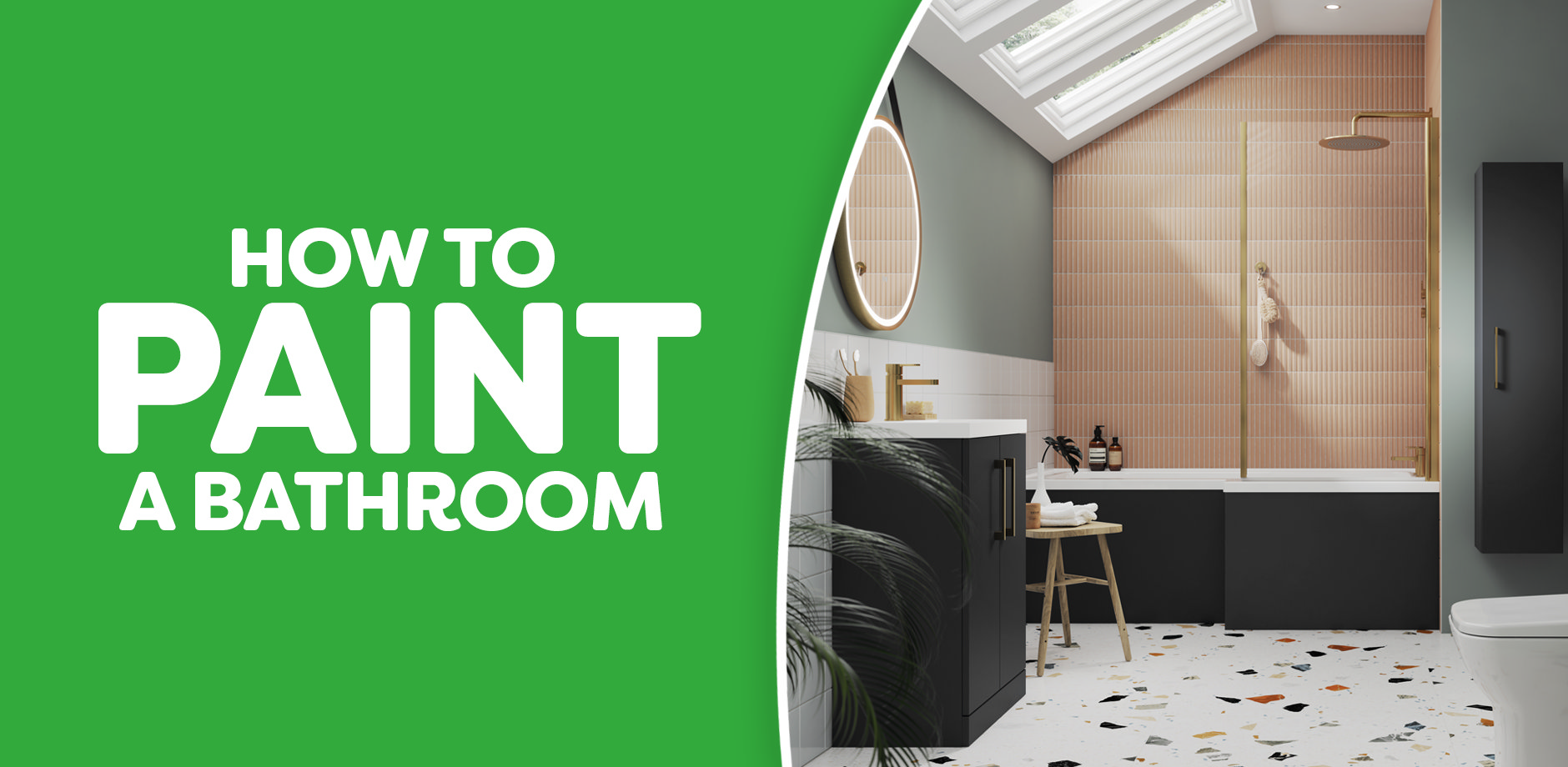
Are you ready to give your bathroom a fresh new look? Painting your bathroom can be a quick and cost-effective way to transform the space and add a touch of style. Whether you're looking to brighten up the room with a fresh coat of white paint or add a pop of colour to make a statement, painting your bathroom is a DIY project that anyone can tackle. Follow these 7 simple steps to achieve a professional-looking finish and create a bathroom you'll love.
Step 1: Plan and Prepare
Before you start painting, it's essential to plan and prepare your bathroom properly. Start by removing any items from the walls, such as shelves, mirrors or towel rails. Next, clean the walls thoroughly with a mild detergent and water to remove any dirt, grease or mildew. Once the walls are clean, allow them to dry completely before moving on to the next step.
Depending on the number of coats required and the total surface area you need to cover, this task could take anywhere between a few hours to a full day of work.
You also want to make sure that you are choosing the best paint for your bathroom. You'll be amazed at how much of an impact well-chosen paint can have on your bathroom.
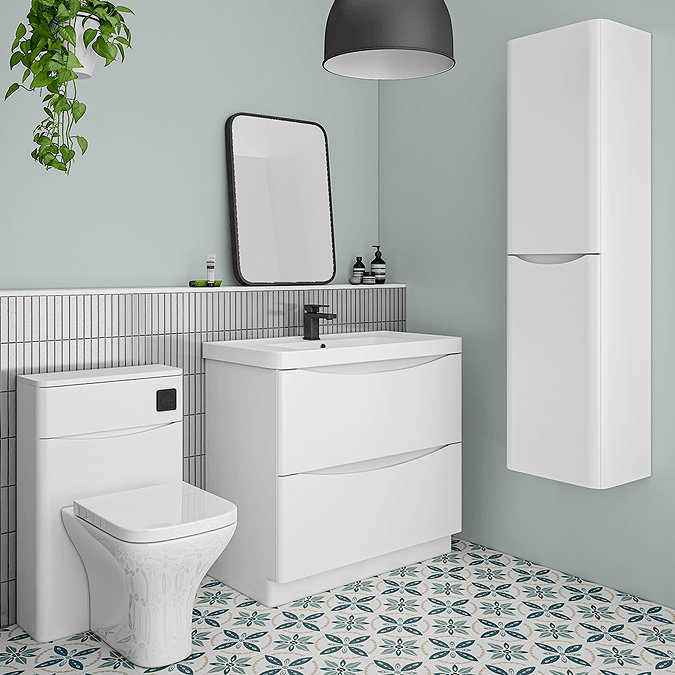
Step 2: Gather Your Supplies
Make sure you have all the supplies you need before you begin painting. This includes:
-
Dust sheets or plastic sheeting to protect floors and fixtures
-
Masking tape
-
Paint (choose a high quality paint specifically formulated for bathrooms to resist moisture and mould)
-
Primer
-
Paintbrushes
-
Roller and roller covers
-
Step ladders (especially vital if you’re planning on painting the ceiling)
-
For an average-sized bathroom, where you’re painting both the walls and ceiling, we’d estimate the cost to be somewhere between £50 to £85. This is assuming you already own or have access to step ladders.
Having everything you need on hand will make the painting process go smoothly and efficiently.
Step 3: Prime the Walls
Priming the walls before painting is essential for achieving a smooth and long-lasting finish. Apply a coat of primer to the walls using a paint brush or roller, making sure you cover the entire surface evenly. Allow the primer to dry completely, according to the manufacturer's instructions, before moving on to the next step.
Step 4: Tape off Areas
To ensure clean and crisp edges, use masking tape to tape off any areas you don't want to paint, such as skirting boards, trim and around fixtures. Press the tape firmly to the surface to create a tight seal and prevent paint from bleeding underneath.
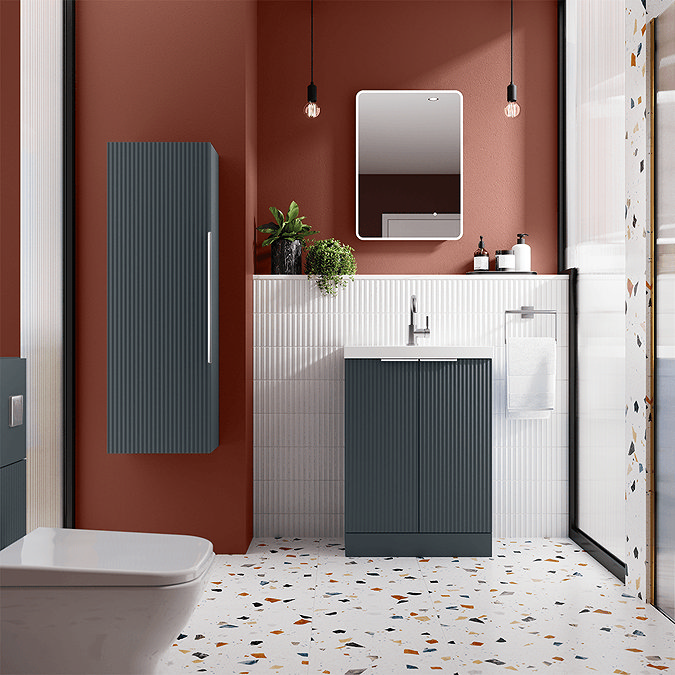
Step 5: Paint the Walls
Now it's time to paint! Start by cutting in around the edges of the walls using a paintbrush, then use a roller to fill in the rest of the wall surface. Work in small sections, applying the paint evenly and making sure to blend each section seamlessly into the next.
Depending on the colour and coverage, you may need to apply multiple coats of paint, allowing each coat to dry completely before applying the next. If you’re painting your ceiling too, simply repeat this step once the paint on your walls has fully dried.
Step 6: Add Finishing Touches
Once the paint is dry, carefully remove the masking tape to reveal clean and crisp edges. If you notice any areas that need touch-ups, use a small brush to correct any imperfections. Finally, reattach any fixtures or accessories that were removed before painting to complete the look.
Step 7: Clean Up
Before you can fully enjoy your newly painted bathroom, be sure to clean up any mess left behind from the painting process. Remove dust sheets or plastic sheeting, clean your brushes and rollers with warm, soapy water, and dispose of any leftover paint and materials properly. Your local recycling centre should have facilities for this.
Fail to Prepare? Prepare to Fail
To ensure your bathroom remains looking great after you’ve painted it, follow these steps to success:
Choose high quality paint that is formulated especially for areas with high moisture content, like bathrooms. This will help to protect from unsightly mould forming.
Make sure your bathroom has adequate ventilation for your usage requirements (e.g. if you have teenagers who spend ages in a steaming hot shower!). If not, it is highly likely your paint may begin to peel, no matter how high the quality may be.
Only paint around areas that aren’t in direct splash zones. Splash zones include walls directly behind your sink, around your bath and the interiors of your shower enclosure. Splash zones should have extra protection in the form of bathroom tiles or shower wall panels.
Get Painting!
By following these 7 simple steps, you can easily paint your bathroom and achieve a fresh new look that you'll love for years to come. So, roll up your sleeves, grab your paintbrushes and get ready to transform your space! Good luck!
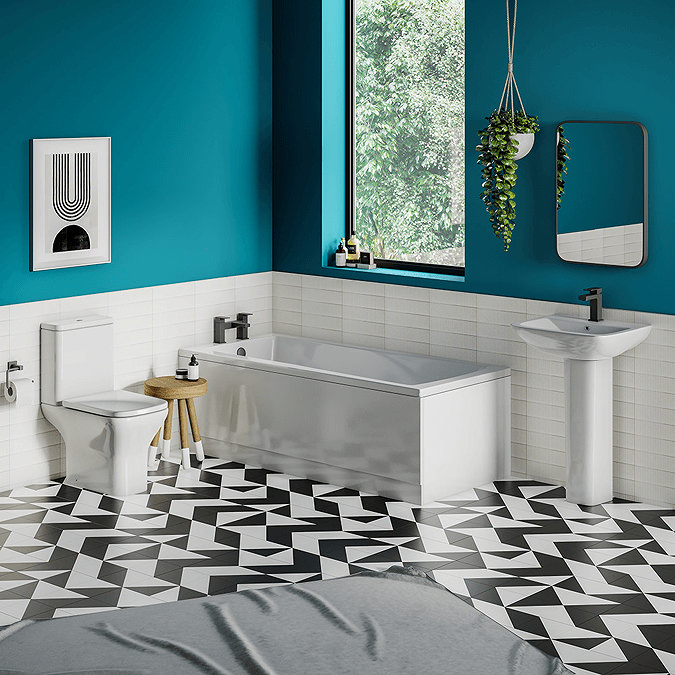
Painting Your Bathroom FAQs
Which Paint Should I Use in the Bathroom?
Seek out high quality mildew and mould-resistant paint for your bathroom.
Will Bathroom Paint Stop Mould?
Purchasing specialist bathroom paint, designed to actively fight against fungus growth, is the first step to stopping mould. You will, however, need to ensure your bathroom is adequately ventilated to prevent mould growth.
Can Bathroom Paint Be Used on Wood?
Specialist bathroom paint can, indeed, be used on wood surfaces. However, do ensure you clean and prime any wood surfaces before painting.
Can Bathroom Tiles Be Painted?
Yes, you can paint your bathroom tiles if you so wish. This is a great way to give your bathroom a refresh without breaking the bank.
How Do I Paint Behind a Radiator?
Painting behind a radiator may seem tricky, but with a long-handled roller or your own homemade tool, you’ll find it a lot easier.
What Type of Paint Is Best for Radiators?
If you’d like to paint your radiator, there are a variety of options available, each with their own distinct advantages and disadvantages.
Where Can I Find Colour Ideas for Your Bathroom?
You can find the perfect colour scheme for your bathroom here at Victorian Plumbing. From Colourful Bathroom Inspiration, to the perfect neutral tones for your bathroom.
How Do I Choose the Colour of My Bathroom?
To choose the colour of your bathroom, you could simply pick out your favourite colours, use a colour wheel to create different palettes or mix neutrals for a calming, relaxing room.
Check out our guide to choosing the colour of your bathroom for further inspiration.

